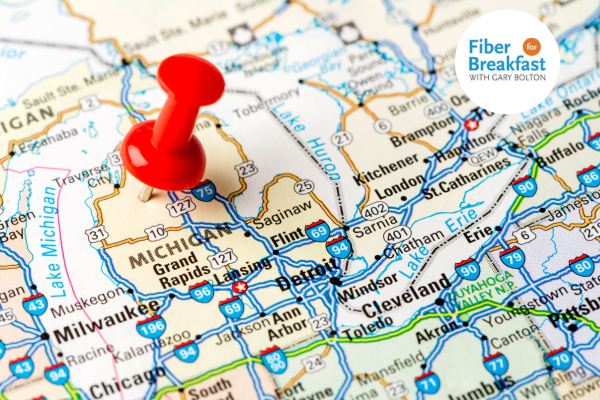Satellite Rural Broadband: Billions, No. Small Percentages, Maybe.
For over a decade, satellite broadband companies have hyped how they will serve the billions of people who currently don’t have basic internet access, but the reality is that they haven’t delivered. O3b derives its name from the “other 3 billion” people on the planet who didn’t have access to the internet when it was founded in 2007. Fast forward to 2021 with the number increasing to four billion people that “still have no internet,” according to Astranis’ web page.
If we focus on the United States, a country with sufficient wealth to pay for infrastructure investments, the January 2021 Federal Communication Commission (FCC) annual broadband report estimates around 14.5 million people in the U.S. did not have access to the copper standard of 25/3 Mbps fixed broadband service at the end of 2019. And this is before delving into the known hot mess of where the FCC gets its data compared to the reality on the ground and the agency’s reboot of broadband maps with a more crowd-sourced approach.
How many users can be served by new satellite broadband systems, such as SpaceX Starlink? SpaceX founder and CEO Elon Musk tweeted on May 4 that the company’s Starlink satellite broadband service can provide service for up to 500,000 users total in the near-term best case. Supporting “several million” users will be “more of a challenge,” Musk said, with the solution impractical for large scale use in denser urban areas.
Under the FCC RDOF auction, SpaceX will receive $886 million over a decade to deliver broadband speeds of 100 Mbps/20 Mbps to 640,000 locations across 35 states. SpaceX might be providing broadband to about 4.4% of the 14.5 million unserved/underserved within a decade, assuming Starlink gets all its 12,000 satellites in orbit by then to support millions of users. The company expects to be servicing up to 5 million users in the U.S. if it gets approval for its FCC license modification requested back in August 2020, up from its 1 million cap approved in March 2020.
SpaceX is serious about its RDOF commitment, having recently hired a regulatory compliance analyst to work out of the company’s DC office. Over the months and years to come, there will be plenty of data churned out to illustrate how SpaceX is connecting the unserved and underserved with the company tapping into other FCC subsidy programs through certification as an Eligible Telecommunication Carrier (ETC). Getting carrier status will enable it to offer voice services and tap into Lifeline and Emergency Broadband Benefit (EBB) programs.
But we still come back to the fact that SpaceX will only impact around 4.4% of the 14.5 million underserved/unserved in the U.S. after a decade through its current market approach of one dish per user. Other new entrants are leveraging different, more efficient approaches to provide bandwidth to underserved areas. OneWeb and Telesat are positioning themselves as backhaul carriers delivering hundreds of megabits (OneWeb) to gigabit or more (Telesat) into rural communities, providing local connectivity via terrestrial wireless solutions ranging from “simple” WiFi to cellular. Telesat has teamed up with the Rural Broadband Consortium to develop and refine satellite rural/remote community service models for deployments in Canada to meet the government’s 50/10 Mbps household service goals, an approach that will no doubt migrate southward to the U.S. over time.
Satellite community models should be more cost effective than the “Everyone gets a dish” approach by enabling more users within a geographic area to access bandwidth rather than a few handfuls of users overloading an overhead satellite, but they also should provide a longer-term roadmap for viable long-haul network builds as well. Everyone in the history of internet access always wants more bandwidth, be it residential users or businesses. In a community model, gigabit-level satellite backhaul could ultimately be replaced by fiber to provide higher levels of service with satellite transitioning to a backup/redundant link.
Regardless of the model, satellite broadband connectivity is not going to scale to serve “billions.” There’s just not enough new companies, not enough satellites in the sky and on the drawing board and not enough radio frequency spectrum capacity to get to a fraction of a billion users over the next decade. Everyone should stop pretending otherwise.




